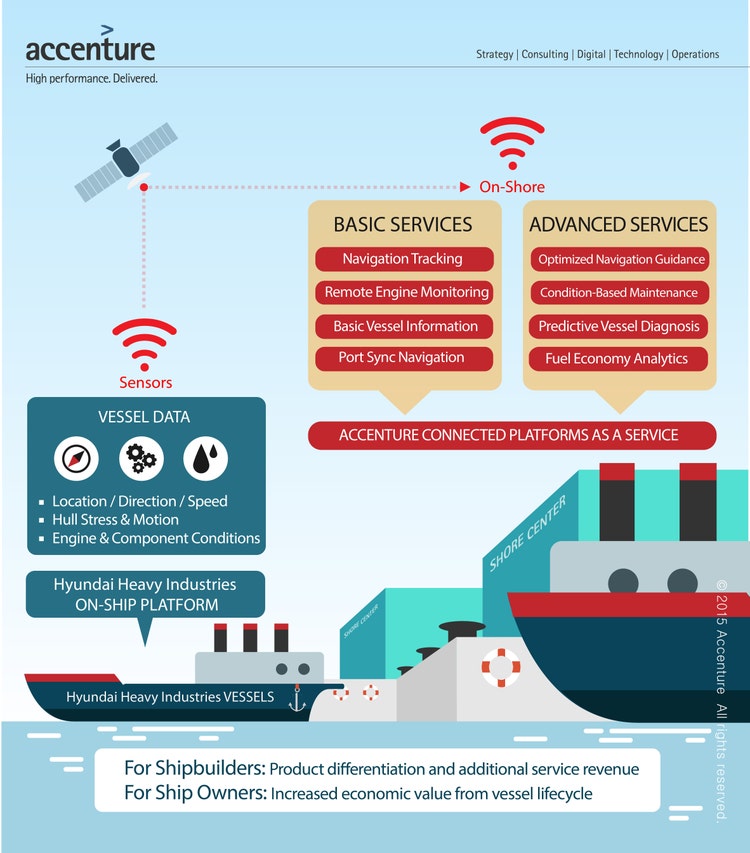The Data-Driven Advantage: How Real-Time Insights Revolutionize Fleet Decision-Making
Discover the game-changing power of real-time insights that are revolutionizing fleet decision-making like never before.
Fleet management is a critical aspect of many industries, from transportation and logistics to construction and delivery services. Efficiently managing a fleet of vehicles is essential for optimizing operations, reducing costs, and ensuring timely and safe delivery of goods. In today’s digital age, where data has become increasingly valuable, the impact of real-time data on fleet decision-making cannot be overstated. Real-time data provides fleet managers with actionable insights, enabling them to make proactive and informed decisions that maximize efficiency and enhance safety.
The Evolution of Fleet Decision-Making
For many years, fleet decision-making relied on limited data, often based on historical or aggregated information. Fleet managers had to rely on outdated reports and manual analysis to make important decisions about routes, fuel consumption, maintenance schedules, and driver performance. This traditional approach had its limitations, resulting in inefficiencies, higher costs, and increased safety risks.
However, with the advent of real-time data, fleet decision-making has undergone a significant transformation. Real-time data provides fleet managers with up-to-the-minute information about the location, performance, and condition of their vehicles, empowering them to make data-driven decisions in real-time.
Harnessing the Power of Real-Time Data
Real-time data refers to the instantaneous collection and analysis of data as it happens. This data can include vehicle location, speed, fuel consumption, engine diagnostics, driver behavior, and much more. With advancements in technologies such as telematics, GPS tracking, sensors, and connected devices, fleet managers can access a wealth of real-time insights.
The advantage of real-time data lies in its timeliness and accuracy. Unlike historical or aggregated data, real-time data reflects the current state of the fleet, allowing fleet managers to make immediate adjustments, plan routes dynamically, and respond rapidly to unexpected events. It provides a comprehensive and real-time view of fleet operations, equipping managers with the necessary insights to optimize efficiency and enhance safety.
Optimizing Efficiency through Real-Time Data
One of the key benefits of real-time data in fleet decision-making is the ability to optimize efficiency. With real-time insights into vehicle locations, traffic conditions, and delivery schedules, fleet managers can make informed decisions about route planning and dispatching.

By dynamically adjusting routes based on real-time traffic information, fleet managers can reduce travel time and fuel consumption, ultimately lowering costs. Real-time data also enables fleet managers to identify inefficiencies in current routes and make necessary adjustments to maximize productivity.
Furthermore, real-time data helps fleet managers monitor fuel consumption and identify driving patterns that negatively impact fuel efficiency. By analyzing real-time data on fuel consumption, managers can identify areas for improvement and implement driver training programs to promote fuel-efficient driving habits. This not only reduces fuel costs but also contributes to environmental sustainability by reducing emissions.
Enhancing Safety with Real-Time Data
Safety is paramount in fleet management, and real-time data plays a crucial role in enhancing safety measures. With real-time insights into driver behavior, fleet managers can proactively address unsafe driving habits, such as speeding or harsh braking, by providing immediate feedback and coaching to drivers.
Real-time data also facilitates preventive maintenance of vehicles. By monitoring real-time data on engine diagnostics, tire pressure, and other crucial parameters, fleet managers can schedule maintenance or repairs before a breakdown occurs. This proactive approach reduces vehicle downtime, enhances reliability, and ensures the safety of drivers and cargo.
Additionally, real-time data enables fleet managers to respond swiftly to emergency situations or accidents. By monitoring real-time location data and analyzing the severity of incidents, fleet managers can dispatch assistance promptly and efficiently.
Challenges and Considerations
While the benefits of real-time data in fleet decision-making are immense, there are also challenges to consider. One major concern is data privacy and security. As real-time data involves constantly transmitting and receiving sensitive information, robust security measures must be in place to protect against data breaches.

Another challenge is the integration of real-time data systems with existing fleet management software. Fleet managers need to ensure compatibility and seamless integration to make the most of real-time data insights.
Furthermore, there may be a learning curve for fleet managers and drivers in adapting to the use of real-time data. Proper training and education programs must be in place to help both parties effectively utilize the real-time data available.
Conclusion
Real-time data is revolutionizing fleet decision-making, empowering fleet managers to optimize efficiency and enhance safety. The ability to access up-to-the-minute insights about vehicle location, performance, and condition enables fleet managers to make proactive and informed decisions in real-time. Whether through dynamic route planning, fuel efficiency optimization, or proactive maintenance, real-time data provides the intelligence needed to streamline fleet operations and minimize costs. By embracing real-time data and staying at the forefront of technological advancements, fleet managers can propel their operations to new heights of success.



